Industry
Responsibility for our legacy
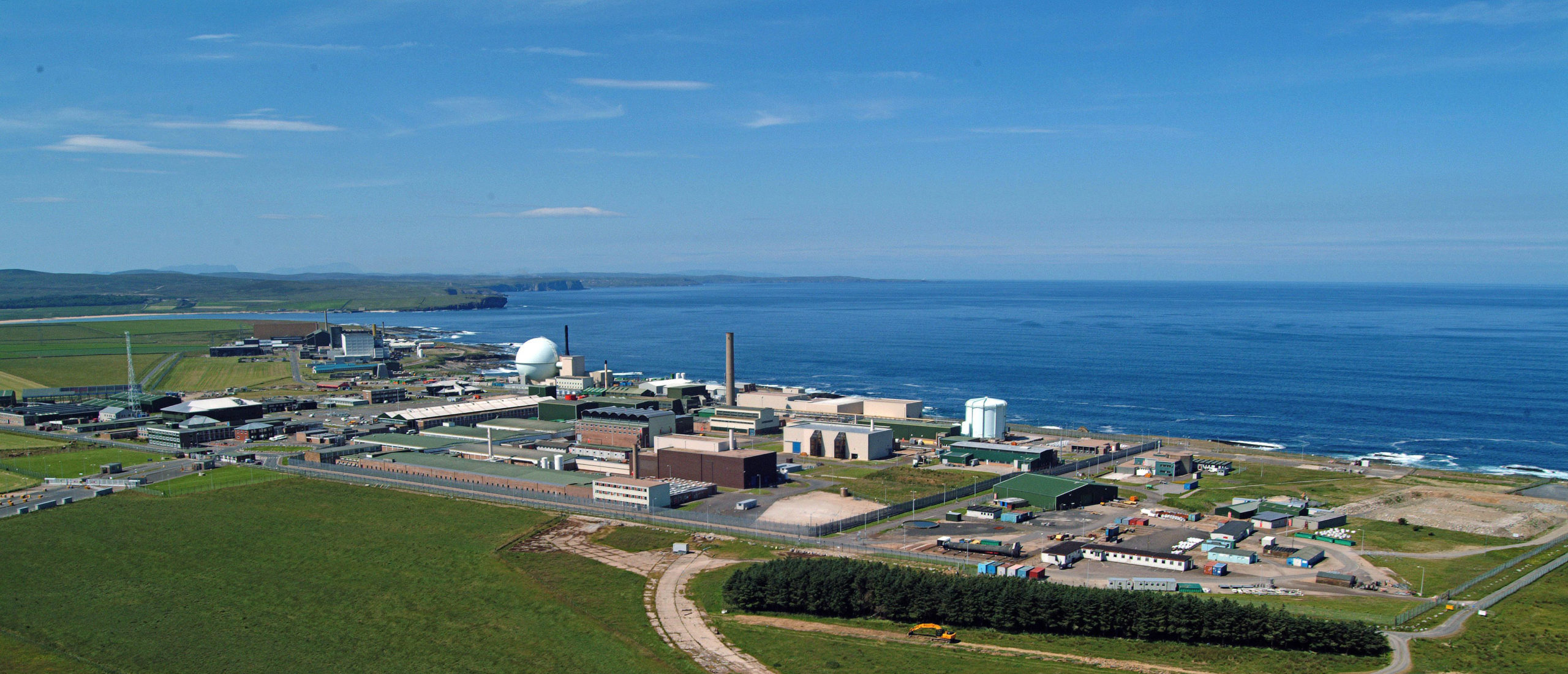


All kinds of electricity generation sources produce waste, whether that’s from nuclear energy, old wind turbines and solar panels, or carbon dioxide from fossil fuel burning. Since nuclear fuel is so powerful, it creates a tiny amount of waste for the clean energy it produces, which is managed responsibly.
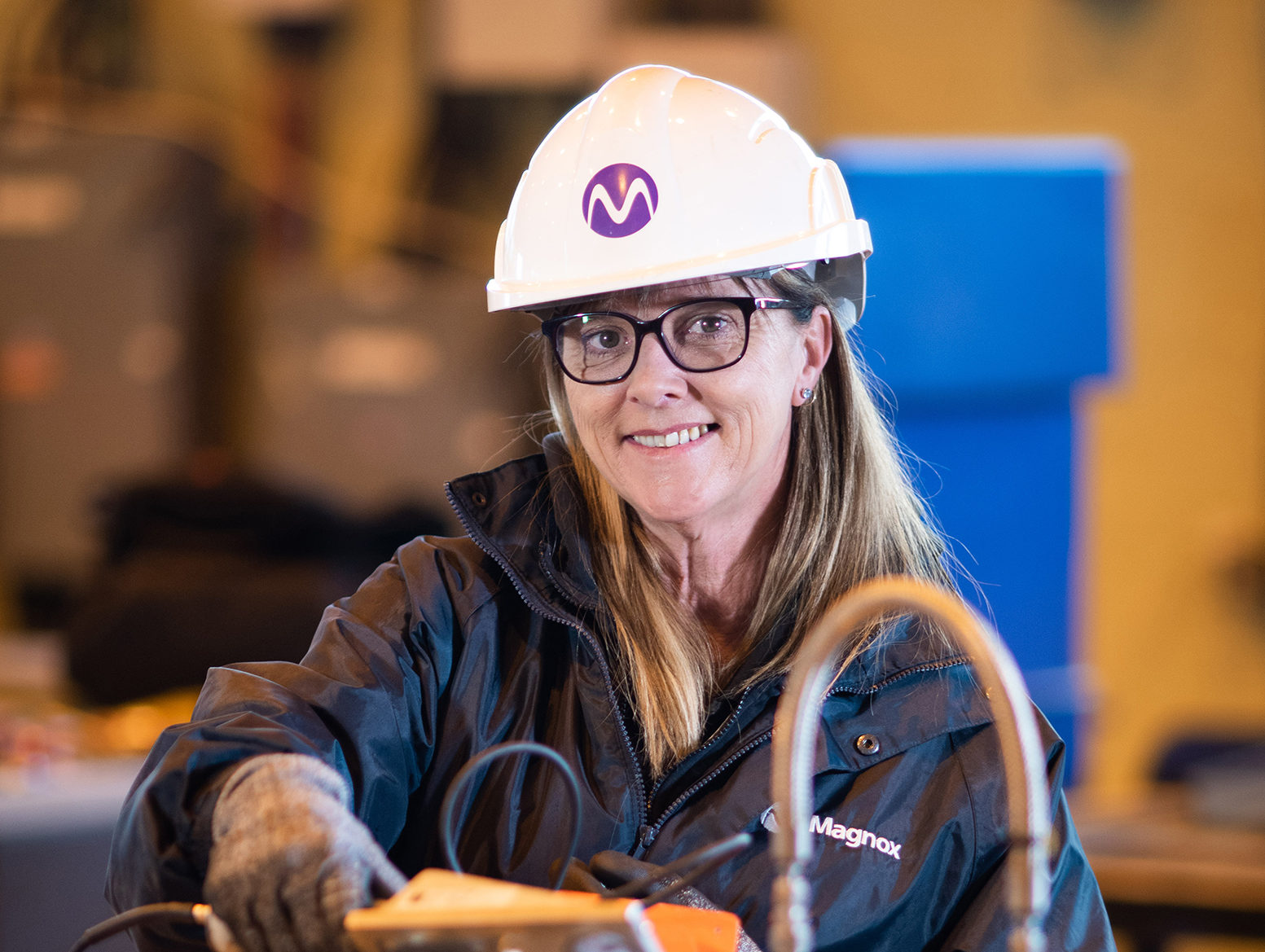
We take care of our waste
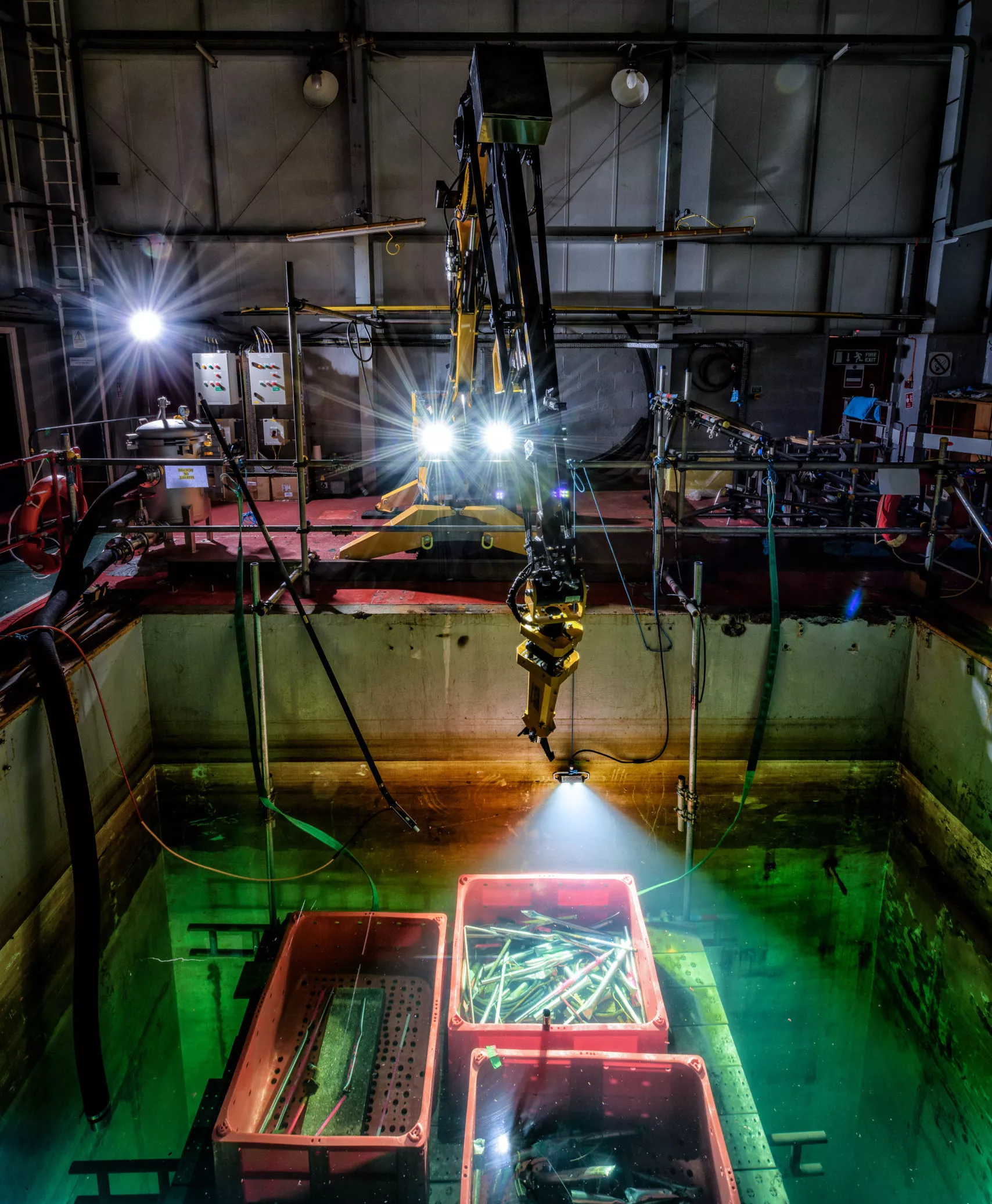
Big power, minimal waste
Nuclear waste is radioactive, but there isn’t much of it. Almost all of that is contained in a very small amount of material. After 75 years of atomic research and clean energy production, there is merely a dishwasher tablet’s worth of high-level waste for every person in the UK.
In that time, nuclear stations have produced enough electricity to power every home in the UK for nearly 30 years and to save 2.3 billion tonnes of CO2 emissions.
That means the volume of carbon emissions nuclear has saved is about 1 billion times greater than the volume of high-level waste it has produced.
Since nuclear produces less waste by volume than any other electricity source, the waste we do have can be safely stored in relatively small facilities, and is looked after with exceptional care and dedication by nuclear workers. In fact, the nuclear industry is the only industry that pays for, and looks after, its own waste.
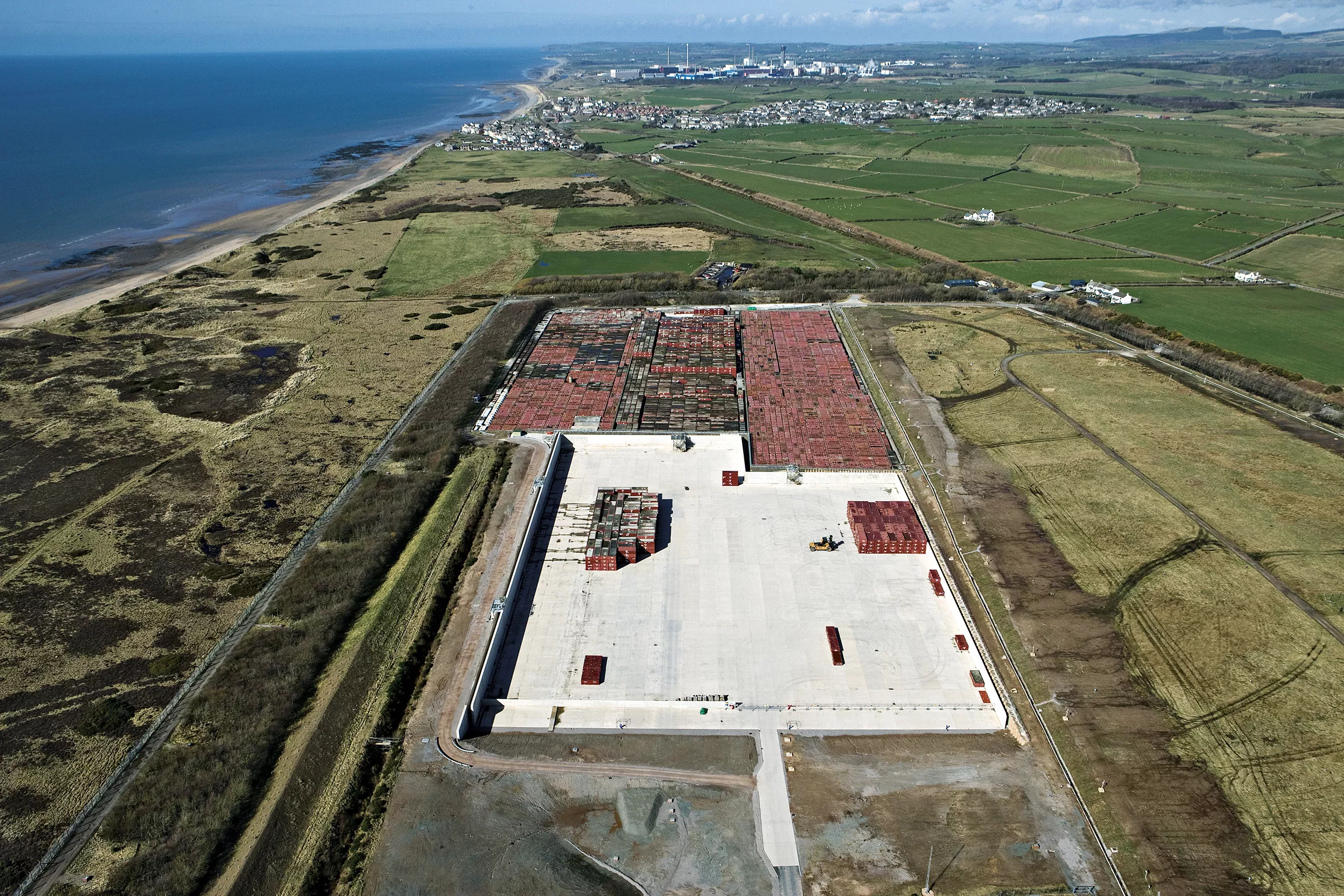
Types of waste
Low level
Produced by hospitals, industry and nuclear energy. It comprises of paper, rags, tools and clothing. 93% of waste volume but only 0.5% of the radioactivity. It’s compacted into containers and stored at the UK’s Low Level Waste Repository in Cumbria.
Intermediate level
Made up of resins, chemical sludges and metal fuel cladding, requires shielding. It comes from current commercial activities as well as historical operations and is encapsulated inside stainless steel containers and stored on the Sellafield site in above ground stores.
High level
Made up of spent fuel, requires cooling, accounts for 95% of radioactivity produced from generating electricity but less than 1% of waste by volume. It is evaporated down before being sent to the Vitrification plant at Sellafield where it is turned into a solid form, reducing its volume to one third of its original size. It is then placed into stainless steel containers and stored above ground with cooled natural air convention.
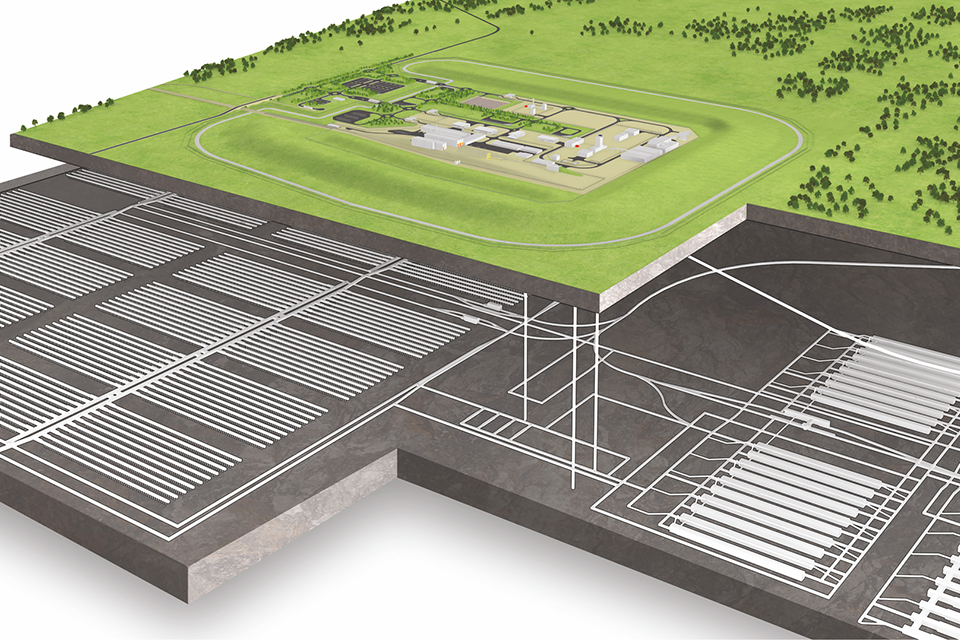
Next steps
In line with the best international standards, we are developing plans for a Geological Disposal Facility. This involves building special warehouses deep underground to store spent materials. That process is being conducted with the same care and rigour that marks out all of what the nuclear industry does.
Find out more here.
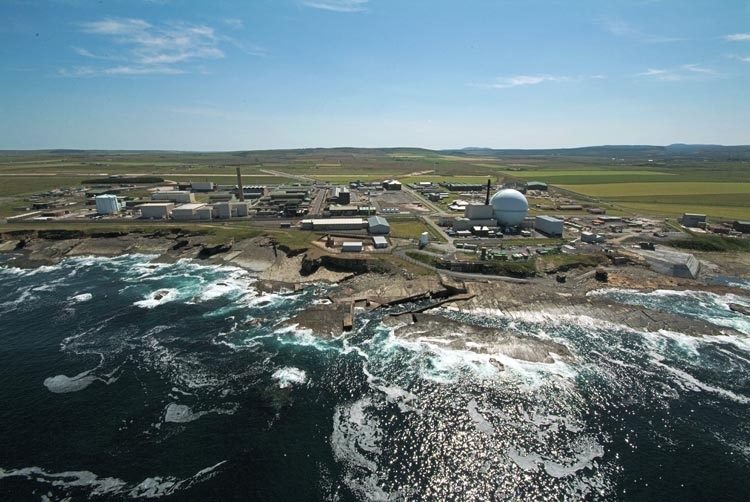
Where does that leave us in our drive for net zero?
Think of it like this: every year, each of us creates about five tonnes of carbon emissions, fossil fuel waste which is pumped into the atmosphere. With nuclear, enough fuel for a lifetime of energy wouldn’t fill a single household wheelie bin with waste.
Nuclear would provide enough energy for 23 people for their entire lives before it filled one of those bins with waste. And without the carbon too
Net zero needs nuclear.